
"America the Beautiful" is a patriotic American song. Its lyrics were written by Katharine Lee Bates and its music was composed by church organist and choirmaster Samuel A. Ward at Grace Episcopal Church in Newark, New Jersey. The two never met.

"The Star-Spangled Banner" is the national anthem of the United States. The lyrics come from the "Defence of Fort M'Henry", a poem written on September 14, 1814, by 35-year-old lawyer and amateur poet Francis Scott Key after witnessing the bombardment of Fort McHenry by British ships of the Royal Navy in Outer Baltimore Harbor in the Patapsco River during the Battle of Baltimore in the War of 1812. Key was inspired by the large U.S. flag, with 15 stars and 15 stripes, known as the Star-Spangled Banner, flying triumphantly above the fort during the U.S. victory.
"God Bless America" is an American patriotic song written by Irving Berlin during World War I in 1918 and revised by him in the run up to World War II in 1938. The later version was notably recorded by Kate Smith, becoming her signature song.

An eyepatch is a small patch that is worn in front of one eye. It may be a cloth patch attached around the head by an elastic band or by a string, an adhesive bandage, or a plastic device which is clipped to a pair of glasses. It is often worn by people to cover a lost, infected, or injured eye, but it also has a therapeutic use in children for the treatment of amblyopia. Eyepatches used to block light while sleeping are referred to as a sleep mask.

WKRP in Cincinnati is an American sitcom television series about the misadventures of the staff of a struggling fictional AM radio station in Cincinnati, Ohio. The show was created by Hugh Wilson and was based upon his experiences working in advertising sales at Top 40 radio station WQXI in Atlanta, including many of the characters. Wilson once told The Cincinnati Enquirer that he selected WKRP as the call sign to stand for C-R-A-P.

Betty Marion White was an American actress and comedian. A pioneer of early television with a career spanning seven decades, she was noted for her vast television appearances acting in sitcoms, sketch comedy, and game shows. She produced and starred in the series Life with Elizabeth (1953–1955), making her the first woman to produce a sitcom.
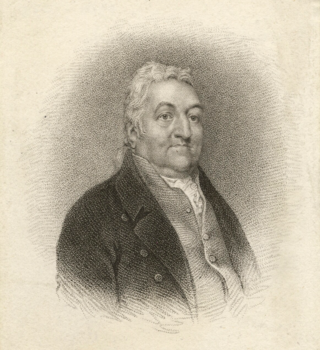
John Stafford Smith was a British composer, church organist, and early musicologist. He was one of the first serious collectors of manuscripts of works by Johann Sebastian Bach.
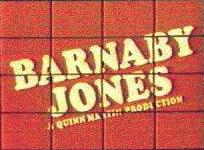
Barnaby Jones is an American detective television series starring Buddy Ebsen as a formerly retired investigator and Lee Meriwether as his widowed daughter-in-law, who run a private detective firm in Los Angeles, California. The show was originally introduced as a midseason replacement on the CBS network and ran from 1973 to 1980. Halfway through the series' run, Mark Shera was added to the cast as a much younger cousin of Ebsen's character, who eventually joined the firm.
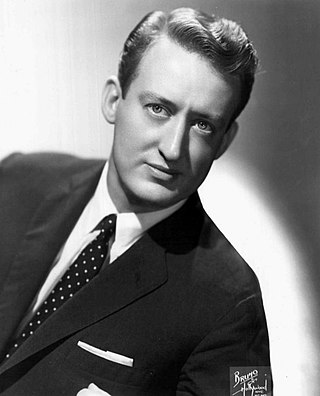
Thomas Gordon Poston was an American actor, appearing in television roles from the 1950s through the early to mid-2000s, reportedly appearing in more sitcoms than any other actor. In the 1980s, he played George Utley on the CBS sitcom Newhart, receiving three Emmy Award nominations for the role. In addition he had a number of film roles and appeared frequently on Broadway and television game shows.

Hoyt Wayne Axton was an American singer-songwriter, guitarist, and actor. He became prominent in the early 1960s, establishing himself on the West Coast as a folk singer with an earthy style and powerful voice. Among his best-known songs are "Joy to the World", "The Pusher", "No No Song", "Greenback Dollar", "Della and the Dealer", and "Never Been to Spain".

Allen Ellsworth Ludden was an American television personality, actor, singer, emcee, and game show host. He hosted various incarnations of the game show Password between 1961 and 1980.
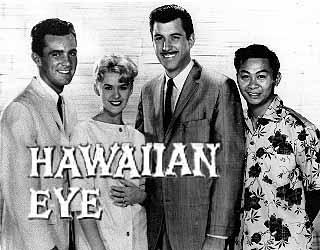
Hawaiian Eye is an American detective television series that ran from October 1959 to April 1963 on the ABC television network.
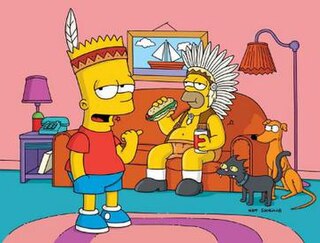
"The Bart of War" is the twenty-first and penultimate episode of the fourteenth season of the American animated television series The Simpsons. It first aired on the Fox network in the United States on May 18, 2003. In the episode, Bart and Milhouse badly damage Ned Flanders' collection of Beatles memorabilia. Under adult supervision, they are then placed in separate youth groups, but the groups go to war.

"The Star Spangled Banner" is a charity single recorded by American singer Whitney Houston to raise funds for soldiers and families of those involved in the Persian Gulf War. Written by Francis Scott Key and John Stafford Smith, "The Star-Spangled Banner" is the national anthem of the United States. The musical arrangement for Houston's rendition was by conductor John Clayton. The recording was produced by music coordinator Rickey Minor, along with Houston herself. The recording was included in the 2014 CD/DVD release, Whitney Houston Live: Her Greatest Performances and the US edition of the 2000 release, Whitney: The Greatest Hits.
"There's a Star-Spangled Banner Waving Somewhere" is a patriotic anthem written in 1942 by Paul Roberts and Shelby Darnell. With Elton Britt's version selling well over one million copies, the song was country music's greatest World War II hit, though Your Hit Parade would not feature the song in its original country music format.
In the course of the adoption of "The Star-Spangled Banner" as the national anthem of the United States, a variety of people have either sung or performed the anthem using a variety of instruments and methods. Some of these methods include using only one instrument, such as a guitar or trumpet. Other methods have included singing the anthem using different vocal ranges or even changing some of the words to show support for a home team or for an event. However, veterans groups have spoken out on occasion about these recordings, mainly calling them disrespectful to the country and to the anthem.

Linda Kaye Henning is an American actress and singer most notable for starring in the 1960s sitcom Petticoat Junction.

The Star-Spangled Banner, or the Great Garrison Flag, was the garrison flag that flew over Fort McHenry in Baltimore Harbor during the naval portion of the Battle of Baltimore during the War of 1812. It is on exhibit at the National Museum of American History, Smithsonian Institution. Seeing the flag flying over Fort McHenry on the morning of September 14, 1814, after the battle ended, Francis Scott Key was inspired to write the poem "Defence of Fort M'Henry". These words were written by Key and set to the tune of "To Anacreon in Heaven", a popular song at the time, by John Stafford Smith. In 1931 the song became the national anthem of the United States.
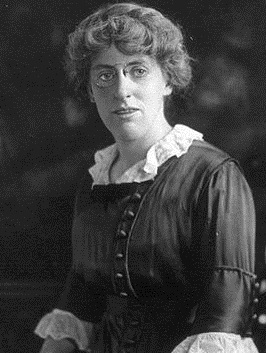
Margaret Woodrow Wilson was the eldest child of President Woodrow Wilson and Ellen Louise Axson. Her two siblings were Jessie and Eleanor. After her mother's death in 1914, Margaret served her father as the White House social hostess, the title later known as first lady. Her father remarried in 1915.
For nearly 150 years, Gilbert and Sullivan have pervasively influenced popular culture in the English-speaking world. Lines and quotations from the Gilbert and Sullivan operas have become part of the English language, such as "short, sharp shock", "What never? Well, hardly ever!", "let the punishment fit the crime", and "A policeman's lot is not a happy one".















